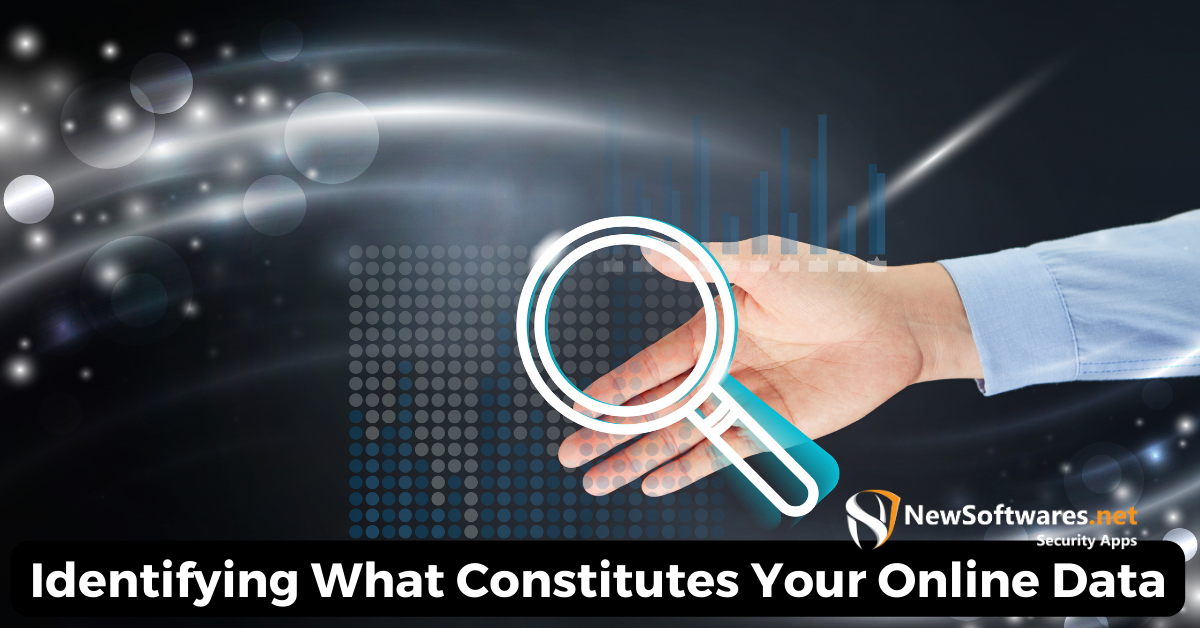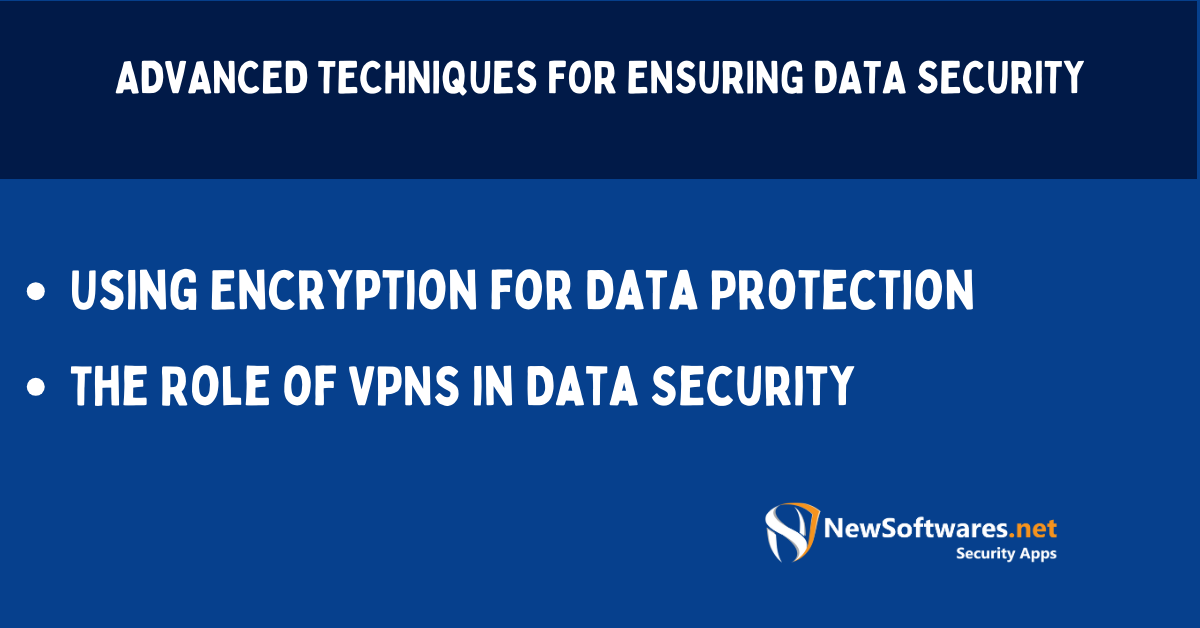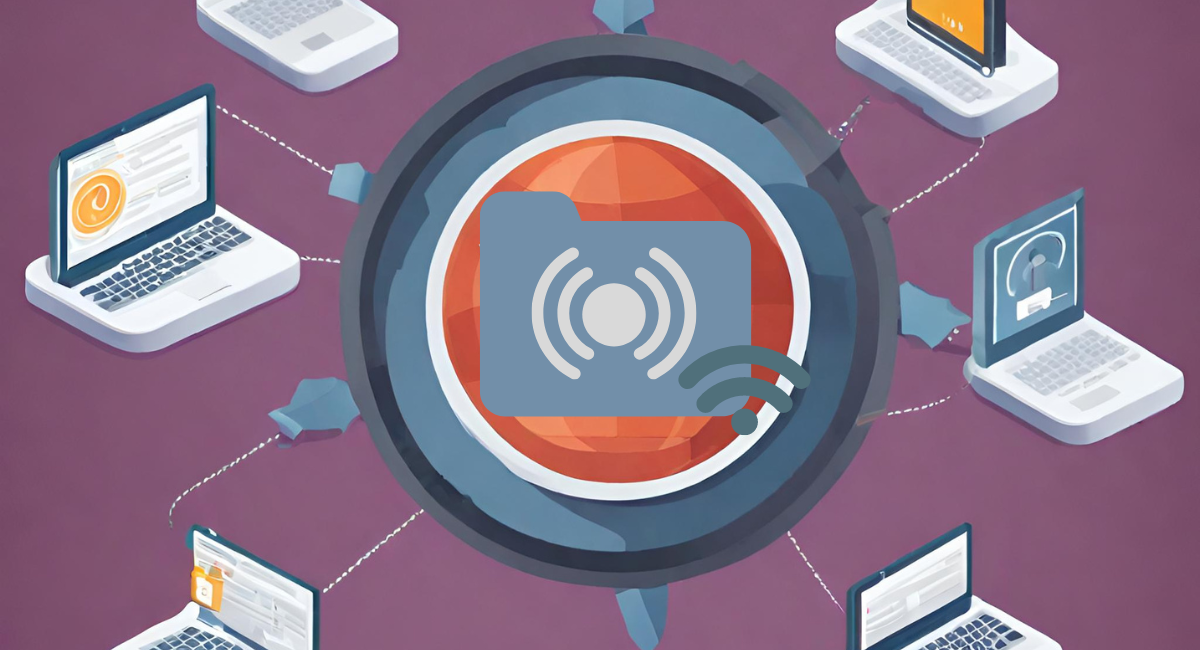To check the security of your online data, regularly audit your online accounts, use security tools, and monitor for data breaches.
In today’s digital age, one of the most pressing concerns we face is the security of our online data. With cyber threats becoming increasingly sophisticated, it’s crucial to understand the importance of safeguarding our personal information. Neglecting data security can expose us to many risks, including identity theft and financial fraud.
Understanding the Importance of Online Data Security
In today’s digital age, where technology plays a vital role, understanding the importance of online data security is crucial. With the prevalence of cyber threats, it is essential to prioritize protecting our sensitive information. By neglecting data security, we expose ourselves to risks that can have far-reaching consequences.
The Risks of Neglecting Data Security
When we neglect data security, we open the door for hackers and cybercriminals to exploit vulnerabilities. These malicious individuals constantly look for weaknesses in our digital defenses, seeking unauthorized access to our personal and financial information. The repercussions of such breaches can be devastating.
One of the most significant risks of neglecting data security is the potential for identity theft. Cybercriminals can use stolen personal information to assume someone’s identity, wreaking havoc on their finances and reputation. Victims of identity theft often face a long and arduous process of reclaiming their stolen identity, dealing with financial institutions, and repairing the damage caused.
Financial loss is another consequence of neglecting data security. Hackers can gain access to our bank accounts, credit card information, and other financial details, leading to unauthorized transactions and drained funds. The financial impact can be severe, leaving individuals and businesses struggling to recover from the losses.
Moreover, neglecting data security can result in significant damage to our reputation. In today’s interconnected world, news of data breaches spreads quickly, tarnishing the image of individuals and organizations alike. The loss of trust from customers, clients, and partners can be difficult to regain, leading to long-term consequences for businesses and personal relationships.
The Role of Data Security in Protecting Personal Information
At the core of data security lies the protection of personal information. In our increasingly digital lives, our online accounts, social media profiles, and emails contain a wealth of personal data that cybercriminals can exploit.
Data security measures are vital in mitigating the risk of personal information falling into the wrong hands. Encryption techniques, secure authentication processes, and robust firewalls are just a few examples of the tools and practices employed to safeguard our confidential information.
By implementing strong data security measures, individuals and organizations can reduce the chances of unauthorized access to personal information. This, in turn, helps to protect against identity theft, financial loss, and reputational damage.
Furthermore, data security is not limited to protecting personal information alone. It extends to safeguarding intellectual property, trade secrets, and sensitive corporate data. For businesses, data security is essential for maintaining a competitive edge and preserving the trust of customers and partners.
In conclusion, understanding the importance of online data security is crucial in today’s digital landscape. Neglecting data security exposes us to various risks, counting identity theft, financial loss, and reputational damage. By prioritizing data security and implementing robust measures, we can protect our personal information and mitigate the potential consequences of cyber threats.
Identifying What Constitutes Your Online Data

Our lives are increasingly intertwined with the online world in today’s digital age. From social media profiles to online banking, we constantly generate and share data about ourselves. But have you ever stopped thinking about what constitutes your online data? Let’s delve deeply into this topic and explore the different data types that make up our online presence.
Personal Data and Its Vulnerabilities
Talking about personal data, we refer to information identifying us as individuals. This can include our name, address, date of birth, and social security number. Such data is valuable to us and to malicious actors who seek to exploit it for their own gain.
Imagine a scenario where a hacker gains admission to your data. With just a few pieces of information, they can assume your identity and wreak havoc on your life. From opening fraudulent accounts to committing various forms of identity theft, the potential harm is vast.
Therefore, it is crucial to be aware of the vulnerability of personal data and take proactive steps to protect it. We can take measures to safeguard our data by implementing strong passwords, enabling two-factor authentication, and being cautious about sharing personal information online.
Financial Data and Potential Threats
Another significant aspect of our online data is financial information. This includes bank account details, credit card information, and transaction history. While financial data is essential for conducting online transactions and managing our finances, it also poses a considerable risk if it falls into the wrong hands.
Cybercriminals are constantly looking for financial data, which can be used to make unauthorized transactions, commit financial fraud, or even drain your bank account. The penalties of such attacks can be devastating, leading to significant financial losses and a long and arduous recovery process.
Given the potential threats associated with financial data, it is imperative to take proactive measures to protect it. This includes regularly monitoring your financial accounts for suspicious activity, using secure payment gateways, and being cautious when sharing financial information online.
Additionally, staying informed about the latest cybersecurity threats and trends can support you to stay one step forward of cyber criminals. Being proactive and vigilant can significantly decrease the risk of falling victim to financial data breaches.
In conclusion, personal and financial data are crucial to our online presence. Understanding the vulnerabilities associated with these data types is the first step toward protecting ourselves from potential threats. We can navigate the digital landscape with confidence and peace of mind by implementing robust security measures and staying informed about emerging risks.
Basic Steps to Check Your Online Data Security
Ensuring the security of our online data is of utmost importance in today’s digital world. With cyber threats flattering more sophisticated, taking practical measures to protect our sensitive information is crucial. Here are some basic steps you can follow to enhance your online data security:
Regularly Updating Passwords
An essential step in maintaining data security is regularly updating passwords. Using strong, unique passwords and changing them periodically decreases the risk of unauthorized access to our accounts. Using a mixture of uppercase and lowercase letters, numbers, and special characters is recommended to make a strong password. Additionally, avoid using easily guessable information such as your name, birth date, or pet’s name as part of your password. Regularly updating passwords minimizes the chances of falling victim to password-related attacks.
Furthermore, it is essential to avoid reusing passwords across multiple accounts. If one account gets compromised, hackers can also gain access to all your other accounts. Consider using a password manager tool that securely stores your passwords and generates unique ones for each account. This way, you can easily manage and remember your passwords without compromising security.
Enabling Two-Factor Authentication
Two-factor authentication (2FA) provides an additional security measure by necessitating users to provide two forms of identification before accessing an account. This typically involves entering a password and a unique confirmation code sent to a mobile device. By enabling 2FA, you significantly enhance data security and make it more difficult for hackers to gain unauthorized access.
There are various methods of implementing 2FA, including text messages, email verification, or using authentication apps like Google Authenticator. These apps generate time-based one-time passwords (TOTPs) that expire after a short period, adding an extra layer of security. Choosing an authentication method that suits your preferences and offers the highest level of security for your online accounts is advisable.
Additionally, some online services now offer biometric authentication, such as fingerprint or facial recognition, as part of their 2FA process. These biometric factors provide an even higher level of security, as they are unique to each individual and difficult to replicate.
Remember, while enabling 2FA significantly enhances your data security, keeping your mobile device or authentication app secure is important. Ensure you have enabled a passcode or biometric lock on your device to prevent unauthorized access.
In conclusion, by regularly updating passwords and enabling two-factor authentication, you take significant steps toward safeguarding your online data. However, staying informed about the latest security practices and remaining vigilant against emerging threats is important. Implementing extra security measures, such as using a virtual private network (VPN) when accessing public Wi-Fi networks or regularly monitoring your online accounts for suspicious activity, can enhance your data security.
Advanced Techniques for Ensuring Data Security

Using Encryption for Data Protection
Encryption is a technique that converts data into a secure code to prevent unauthorized access. Encrypting our data makes it much more challenging for potential attackers to read or decipher the information. Utilizing encryption methods, such as Secure Sockets Layer (SSL) or FileVault, provides an added layer of security for our online data.
The Role of VPNs in Data Security

A Virtual Private Network (VPN) creates a safe connection between our device and the internet. By routing our internet traffic through an encrypted tunnel, VPNs ensure our online activities remain private and protected from prying eyes. Employing a VPN is particularly crucial when using public Wi-Fi networks, which are notorious for lacking security.
Recognizing and Responding to Data Breaches
Signs of a Potential Data Breach
Recognizing the signs of a potential data breach is crucial in safeguarding our online data. These signs may include unexpected account activity, unauthorized changes to account settings, or receiving notifications about account compromises. Staying vigilant and promptly addressing any suspicious activity can help minimalize the damage caused by a data breach.
Immediate Actions to Take After a Data Breach
In a data breach, acting swiftly to mitigate further harm is imperative. Steps such as changing passwords, contacting financial institutions to secure accounts, and monitoring credit reports can help minimize the impact of a breach. Additionally, reporting the incident to the appropriate authorities and an eye out for potential identity theft is crucial.
Key Takeaways
- Regularly update passwords and use strong, unique passwords for each account.
- Utilize multi-factor authentication (MFA) wherever possible.
- Check if your email or accounts have been compromised in any known breaches using services like “Have I Been Pwned.”
- Review account activity logs to spot unauthorized access.
- Be wary of phishing attempts and ensure secure browsing habits.
FAQs
Q: How do I know if my password is strong enough?
A: Use password strength checkers and ensure it’s long, has a mix of characters, and doesn’t use easily guessable information.
Q: What is multi-factor authentication?
A: MFA requires multiple verification forms (like passwords and SMS codes) to grant access.
Q: How do services like “Have I Been Pwned” work?
A: They check your email against a database of known data breaches to see if it appears in compromised lists.
Q: What are phishing attempts?
A: Phishing attempts trick users into revealing sensitive information, often by posing as trustworthy entities.
Q: Should I use a VPN for additional security?
A: Yes, a VPN can encrypt your online traffic, offering an added layer of security.
Conclusion
Securing online data should be a top priority in today’s digital landscape. By understanding the risks, identifying what constitutes our online data, and implementing basic and advanced security measures, we can better defend ourselves from cyber threats. Regularly checking our online data security and being prepared to respond to potential breaches ensures that our personal information remains safeguarded and our online experiences are worry-free.
